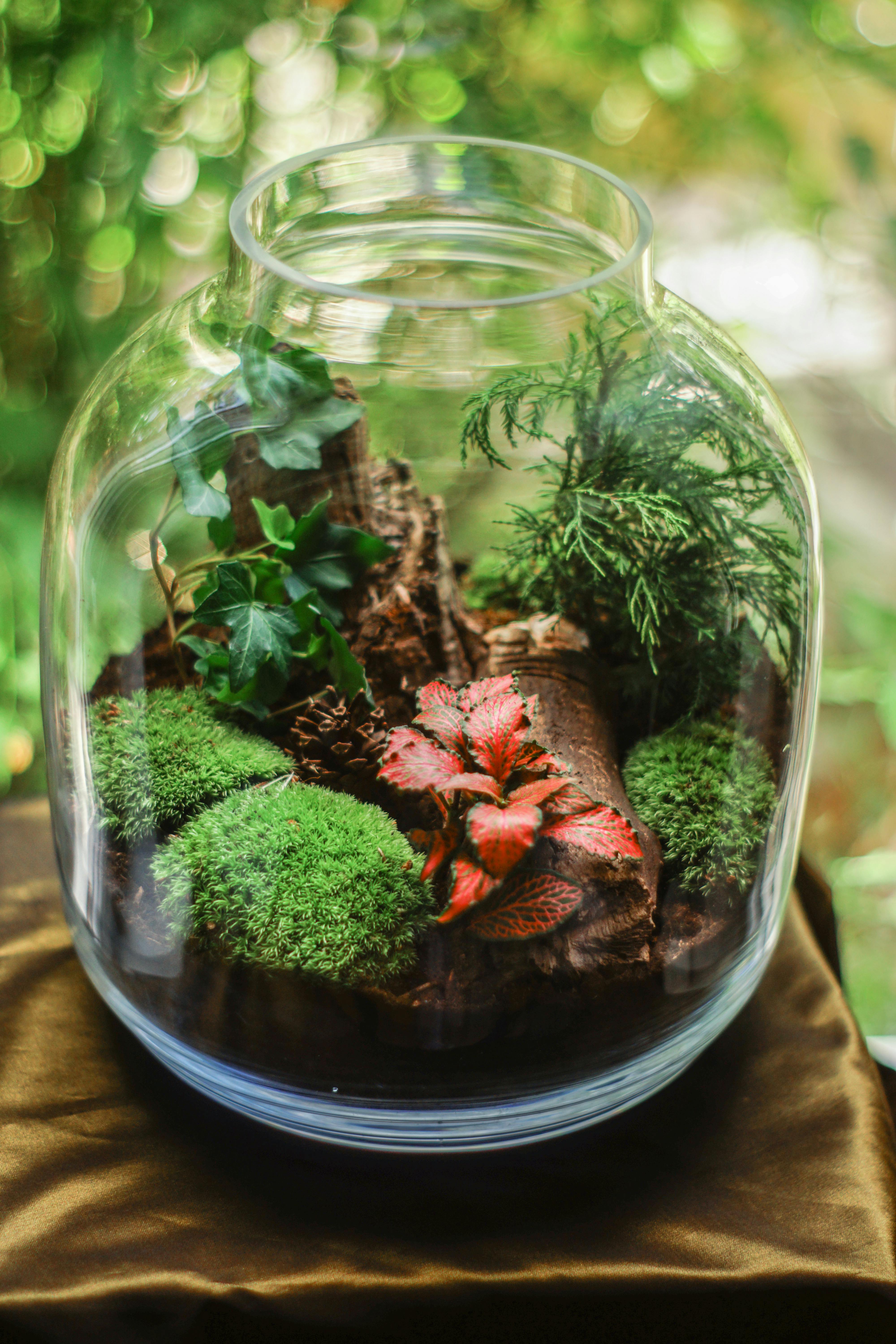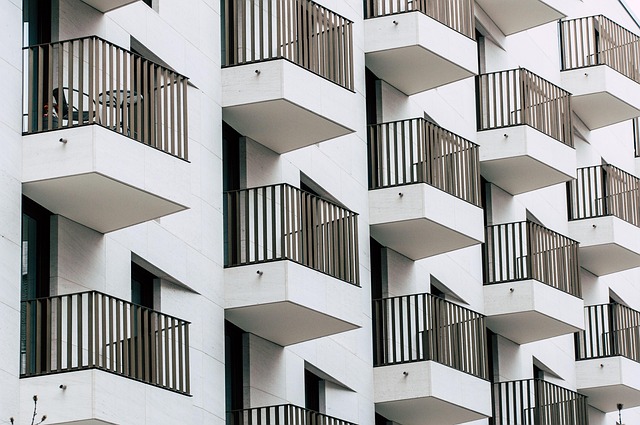Biodynamic Terrariums: Miniature Ecosystems for Modern Living
In an era where urban dwellers crave connection with nature, biodynamic terrariums emerge as a captivating solution. These self-sustaining miniature ecosystems blend artistry, science, and spirituality, offering a fresh approach to indoor gardening. More than mere decorative pieces, biodynamic terrariums embody a holistic philosophy that nurtures both plants and their caretakers, creating living sculptures that evolve and thrive in harmony with their environment.

The Origins of Biodynamic Terrariums
Biodynamic terrariums trace their roots to the intersection of two distinct concepts: the Victorian-era Wardian case and Rudolf Steiner’s biodynamic agriculture principles. In the 1830s, Dr. Nathaniel Bagshaw Ward accidentally discovered that plants could thrive in sealed glass containers, leading to the development of terrariums. Fast forward to the early 20th century, when Austrian philosopher Rudolf Steiner introduced biodynamic farming, viewing agriculture as a holistic, ecologically balanced system influenced by cosmic rhythms.
The marriage of these ideas has given birth to biodynamic terrariums, which apply Steiner’s principles to miniature, enclosed ecosystems. Unlike traditional terrariums, biodynamic versions incorporate specific planting times based on lunar cycles, use of biodynamic preparations, and a focus on creating a self-sustaining, harmonious environment within the glass confines.
The Science Behind the Magic
At the heart of biodynamic terrariums lies a delicate balance of natural processes. These miniature ecosystems operate on the principle of the water cycle, where moisture evaporates, condenses on the glass walls, and falls back as precipitation. This closed-loop system creates a unique microclimate that supports plant life with minimal external intervention.
The soil composition in biodynamic terrariums is crucial, often incorporating elements like quartz crystals, which are believed to enhance energy flow. Layers of activated charcoal and pebbles form a natural filtration system, preventing stagnation and maintaining soil health. The careful selection of plants that thrive in high humidity environments, such as ferns, mosses, and miniature tropical species, ensures the longevity of the ecosystem.
Crafting Your Biodynamic Terrarium
Creating a biodynamic terrarium is an art form that blends scientific precision with intuitive design. The process begins with selecting an appropriate glass container, preferably one with a wide opening for easy access. The foundation layer consists of small pebbles for drainage, followed by activated charcoal to purify the air and water.
The soil mix is where biodynamic principles truly come into play. Practitioners often use a blend of organic potting soil, compost, and biodynamic preparations made from herbs and minerals. These preparations are added in homeopathic quantities, believed to stimulate root growth, enhance nutrient uptake, and boost overall plant vitality.
Plant selection and arrangement follow the concept of companion planting, considering not just aesthetics but also how different species interact and support each other. Many biodynamic enthusiasts consult lunar planting calendars, choosing specific days for planting based on the moon’s position, believed to influence plant growth and vitality.
The Spiritual and Psychological Benefits
Beyond their aesthetic appeal, biodynamic terrariums offer profound spiritual and psychological benefits. They serve as miniature sanctuaries, offering a meditative focus for urban dwellers seeking connection with nature. The act of creating and nurturing these ecosystems can be deeply therapeutic, providing a sense of purpose and accomplishment.
Practitioners often report a heightened sense of awareness and connection to natural rhythms through their interaction with biodynamic terrariums. The observation of growth patterns, the subtle changes in humidity, and the interplay of light and shadow within the terrarium become daily rituals, fostering mindfulness and presence.
Integrating Biodynamic Terrariums into Modern Interiors
As pieces of living art, biodynamic terrariums offer unique opportunities for interior styling. Their versatility allows them to complement various design aesthetics, from minimalist to eclectic. Designers are exploring innovative ways to incorporate these miniature ecosystems into living spaces, such as creating terrarium walls or using them as centerpieces in dining areas.
The transparency of glass containers allows for creative lighting solutions, transforming terrariums into captivating focal points. Some enthusiasts are experimenting with LED grow lights that mimic natural sunlight, enabling the placement of terrariums in areas with limited natural light.
The Future of Biodynamic Terrariums
As interest in sustainable living and biophilic design continues to grow, biodynamic terrariums are poised to play a significant role in future interior landscapes. Research into the air-purifying qualities of enclosed plant systems may lead to the integration of biodynamic terrariums into building design for improved indoor air quality.
Educational institutions are beginning to recognize the potential of these miniature ecosystems as teaching tools, using them to illustrate concepts in biology, ecology, and environmental science. This educational aspect may drive wider adoption and further innovation in terrarium design and maintenance.
The intersection of technology and biodynamic principles also presents exciting possibilities. Smart sensors and apps could provide real-time data on terrarium conditions, offering insights into the subtle dynamics of these enclosed ecosystems and helping enthusiasts fine-tune their care practices.
As we continue to seek ways to reconnect with nature in our increasingly urbanized world, biodynamic terrariums offer a compelling solution. They remind us of the intricate beauty of natural systems and our role as stewards of the environment, all within the confines of a glass container. Whether as a meditative tool, a piece of living art, or a scientific experiment, these miniature worlds invite us to pause, observe, and marvel at the wonders of life unfolding before our eyes.





